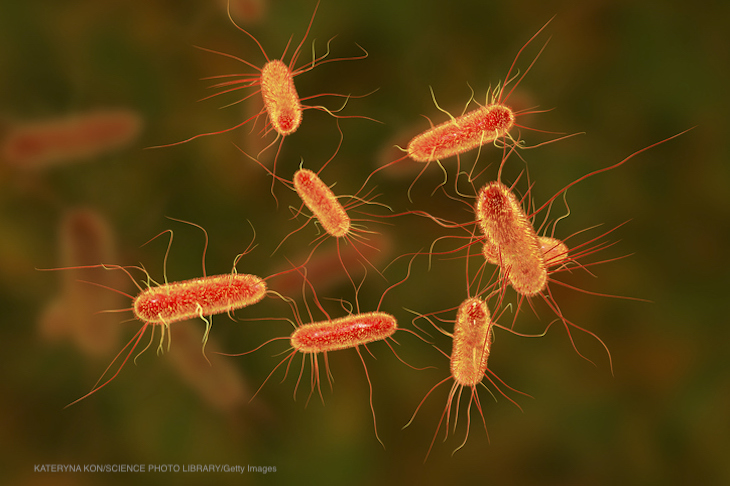The USDA tries to facilitate traceability during E. coli outbreaks by studying how the DNA of a specific population of this pathogen evolves within its natural environment, according to scientists with the Agricultural Research Service (ARS). The findings from scientists at the U.S. Meat Animal Research Center at Clay Center, Nebraska is giving outbreak investigators information on specific elements of the pathogen’s DNA that can narrow where to look for the outbreak source.

Scientists analyzed samples collected from the USMARC closed cattle feedlot from 1997 to 2910 and then studied the genomes of different subtypes of E. coli O157:H7 that were found in these samples.
Maggie Weinroth, a computational biologist with the Poultry Microbiological Safety and Processing Research Unit in Athens, Georgia said in a statement, “The samples used in this research gave us a unique opportunity to study the genomes of a specific population of E. coli O157:H7 in their natural environment.”
She added, “That feedlot has been closed to any introduction of cattle, which means that the E. coli strains have not been influenced by any cattle from other locations for 23 years.” That lets the scientists focus on changes in the genome as they evolved, hopefully helping to facilitate traceability during investigations.
Four unique clades were identified within a specific bacterial population. While all clades shared a portion of their genetic makeup, each also contained unique elements that can be shared.
USMARC Research Microbiologist Jim Bono said, “Looking only a the core elements of the genetic sequences may not tell the complete story about where the bacteria come from. We noticed that bacteria were able to exchange mobile elements in their genome over time. Some of these elements stayed in all strains and became part of the core sequence of that specific bacterium’s DNA. Interpretation of these mobile elements’ role during an outbreak investigation can help identify relatedness between human and environmental isolates of this bacteria.”




